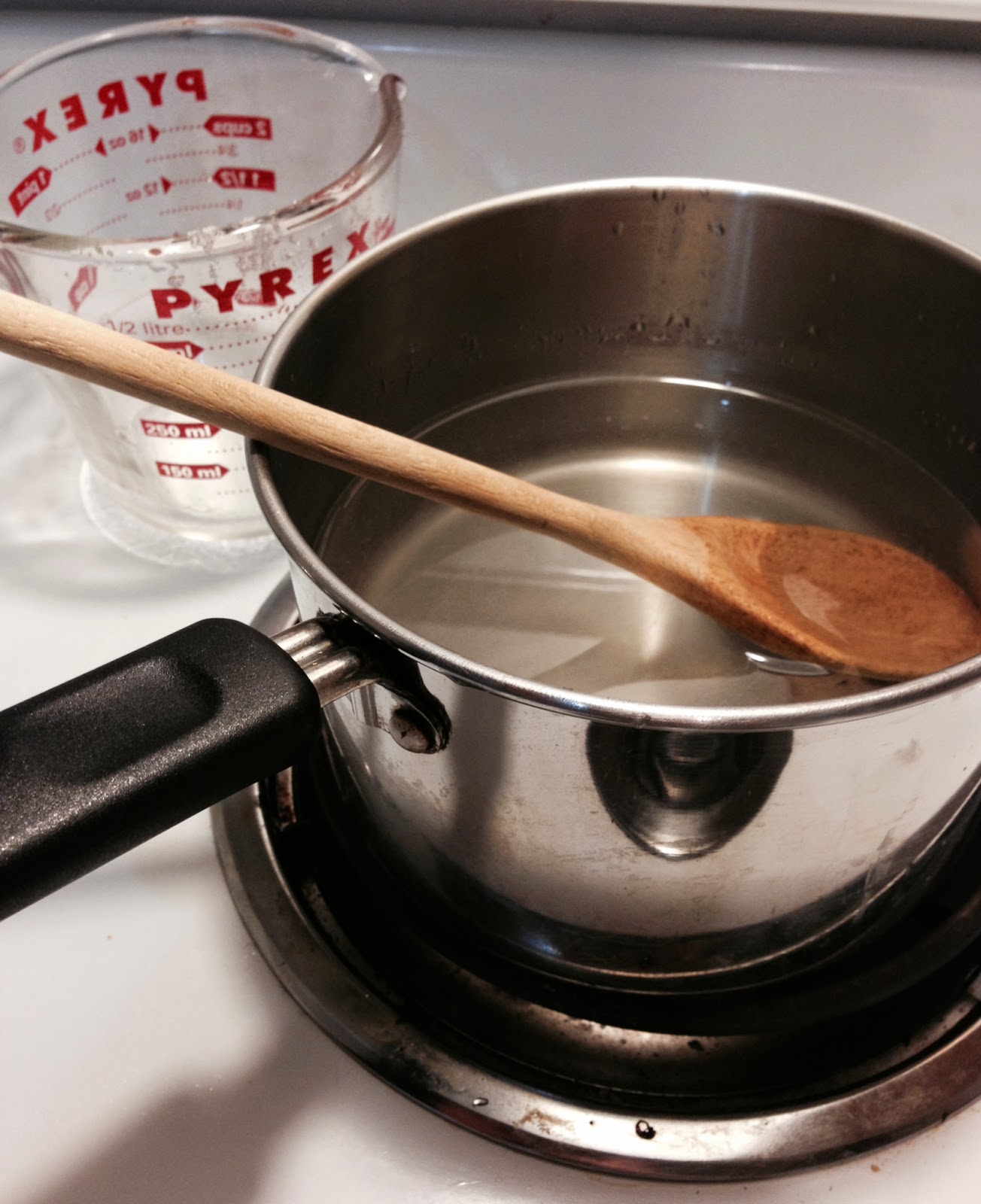Limoncello
My first limoncello experience was in
a tiny restaurant in the North End, Boston’s “little Italy.” Limoncello is a bright yellow, lemon-brewed,
clear alcohol that is heavily sweetened. After a fantastic dinner, it was first
served to me chilled in a tiny cup, on-the-house. It is a sweet after dinner
drink on its own, mixed into cocktails, or served as a topping on ice-cream. This year, I choose to make it as a DIY gift
for friends and family.
INGREDIENTS
18 to 20 Lemons, Organic Preferred
1 “Handle” Vodka (1.75 Liter) (Tito's preferred)
4 Cups Granulated Sugar
4 Cups Water
2 Tablespoons Honey
TOOLS TO HAVE ON HAND
To Brew, Large Glass Pitcher or Large Empty Jars
Vegetable Peeler and a Pruning Knife OR a Microplane
Pitcher for Transferring
Coffee Filter or Tea Strainer
To begin, you will need about 18 Lemons.
I knew I would only be brewing the limoncello for only a few weeks at the
most, so I wanted to be sure it was fully flavored. Organic is preferable because the alcohol
will saturate the peels and extract anything in or attached to them like
pesticides and/or wax. Non- organic lemons are just fine, but just be sure to scrub and wash them well.
Peel the cleaned lemons with a
vegetable peeler.
Be sure to remove any of the white pith that is attached to
the peel with a pearling knife or the back of a spoon.
(Before and After Pith)
The pith is bitter and
unpalatable. I’m not doing to fool
anyone, peeling the lemons is the absolute WORST part of this simple recipe. It took forever and I was scared I was going
to cut myself. Zesting the lemons with a microplane is substantially
faster and easier alternative than peeling, but, you'll need to be much more
careful when it comes to straining later in the recipe because it will create more
sediment.
Once the unbearable peeling is over, you want to place the peels into your
large glass container of choice, and add the vodka.

When it came to selecting the vodka, I
reviewed multiple classic limoncello recipes in coming up with my version. Many
traditional recipes, called for ever clear, or in the alternative 100 proof
vodka. When I went to my local liquor store, the only 100 proof vodka available
was “Mr. Boston” in a plastic bottle with a tattered label, and it was just
about $12.00. Not being comfortable with
poisoning my gift recipients and being conscious of the gluten free among us- I
stuck with Tito’s.

Glass as the brewing vessel is
preferred, again, because the vodka will extract from the container (BPA’s,
google it) but also because the yellow dye from the lemon is so strong it will
discolor any plastic vessel. I used a
large mason jar with a spout that I picked up from a craft store. If you use
multiple vessels, just be sure to divide the lemons and vodka equally.
Now- leave the vodka and lemon peels alone to brew in a cabinet for at least 4
or 5 days, but, preferably a few weeks. I left mine for 3 weeks. The bright
color appeared after the first few days, but after 3 weeks it was a deep dark
yellow.
I was a little worried that the dark yellow was not the bright spring
yellow I’ve seen in the manufactured brands, but, once you add the simple syrup
the color dilutes.
To prepare the finished product, begin by separating the vodka from the peels.
I did so by dispensing the vodka through the spout into a pitcher, discarding
the lemons, and rinsing the vessel.
You then want to strain the vodka back into
the large vessel through a coffee filter or tea strainer to remove any
sediment. If you zested instead of peeling, you'll need to repeat this step to
get a clear result.
Make simple syrup using equal parts sugar and water. You begin by boiling the
water, then reducing it to medium heat and adding the sugar, stirring until
transparent. I added two tablespoons of
honey to make the flavor slightly more complex but not overtly “honey.” If your water is a little "flavored"
(those with old pipes know what I'm saying), use bottled. Allow to cool. If you think you would you would prefer the
liquor more or less diluted, add the syrup accordingly or make a little extra.
Once the simple syrup has cooled, combine it with the vodka. If you add it when it is hot, it will boil
off the alcohol.
Once combined, you are ready to bottle.
I purchased some mini mason bottles from the craft store, and repurposed some
fancy tea bottles that I had at home.
I presented these bottles as gifts with small labels. It made a interesting and easy DIY gift, especially paired
with homemade lemon zest soap for a citrus theme.
Store in the freezer and use within a year.













































